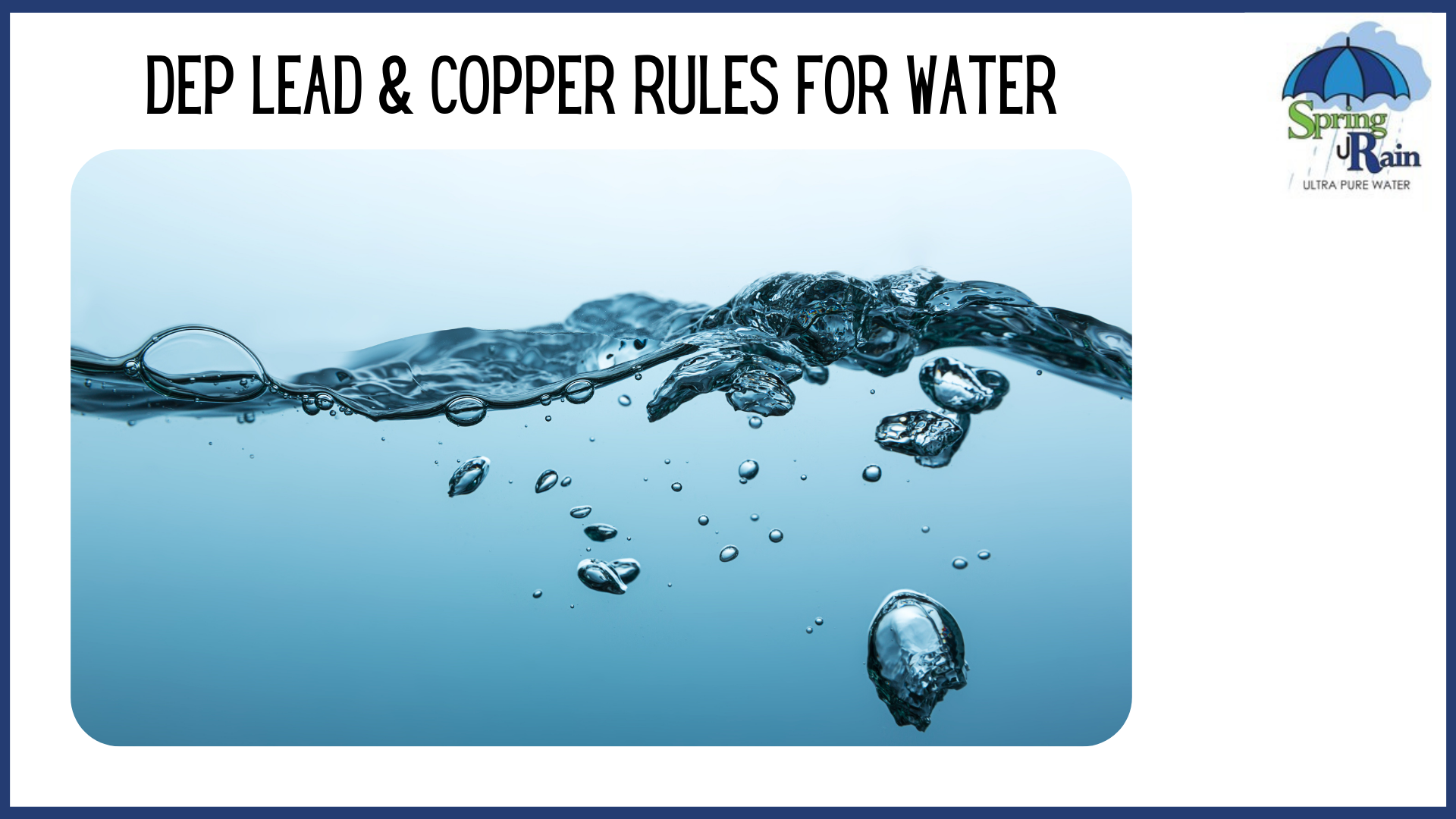Both lead and copper are corrosive elements that can lead to problems in pipes and drinking water. Lead, of course, is also well known for being toxic to humans, while copper is an essential nutrient.
The Lead and Copper Rule was established to safeguard public health by lowering lead (Pb) and copper (Cu) levels in drinking water, primarily by eliminating pipe corrosion. Pb and Cu enter drinking water-primarily from plumbing materials containing Pb and Cu, respectively. The EPA's drinking water standard for lead and copper, 0.015 mg/L and 1.3 mg/L, are based on the 90th percentile level of tap water samples.
If more than 10% of tap water samples exceed the AL (Action Level), remedial action is required by the regulation in order to minimize corrosion risks and reduce or avoid excessive lead or copper in treated drinking water.
Remedial action for excessive lead includes corrosion control treatment, replacement of lead service lines (LSLs), or any other system-specific measures necessary to lower the concentration of Pb in drinking water to less than 0.015 mg/L.
The same actions used for excessive lead are also required for high copper concentrations. However, the limits differ depending on the type of water supply source: 150 µg/L for community supplies and 500 µg/L for non-transient non-community (NTNC) systems (e.g., schools). If more than 10% of tap water samples exceed the AL, remedial action is required by the regulation in order to minimize corrosion risks and reduce or avoid excessively high levels of Cu in treated drinking water.
If you have excessive lead in your water, you should know that there are steps you can take to remove or reduce the amount of lead in your drinking water. If you are concerned that your drinking water may have elevated lead levels, the EPA recommends you remove any faucet aerators and perform a simple test in your kitchen.
First, run the cold water tap for two minutes to flush out any lead that might be in the pipes of your building. Then fill a plastic bottle and label it with the date and location (i.e., kitchen). Turn off all faucets when not in use. Run only the cold water tap until the sample has been filled; discard this first two-minute sample after filling. Seal carefully with a cap and let sit undisturbed overnight before refrigerating until pick up by testing facility (EPA Safe Drinking Water Hotline: 800-426-4791).
EPA recommends that if a water sample is found to contain lead concentrations of 15 µg/L or more, a second tap sample must be collected using the guidelines described above. If at least one tap water sample contains a concentration of 15 µg/L or more and the source is an untreated or minimally treated community or non-transient non-community system, then EPA requires all persons served by the system to minimize their exposure to lead in drinking water from this system. In addition, the EPA requires all such systems with priority use over 80% for either human consumption or cooking purposes to identify any intact services line (i.e service lateral) delivering water into the building and either:
- Replace that line with a lead-free material or 2) Install at least one approved backflow prevention device.
The DEP does not recommend testing full time, but if you are concerned about your water quality, you can get it tested by a certified lab. You can find labs in your area by going to the PA Department of Environmental Protection (DEP) website and clicking on "Environmental Laboratories."
You can also hire a water treatment service to send out tests on your behalf (such as Spring Rain, Inc.)
If you are concerned that you have excessive copper in your water, you should, similarly, get the water tested. If your copper levels are indeed excessive, you should contact a water treatment company for help with modifying the chemistry of your water.
A Reverse Osmosis System can remove all of these contaminants from your water by forcing the water through a membrane that blocks these contaminants. This system can be installed under your kitchen sink so you don't have to run all of the water in your home through the filtration system. Whole-house filtration systems are also available.

Recent Comments